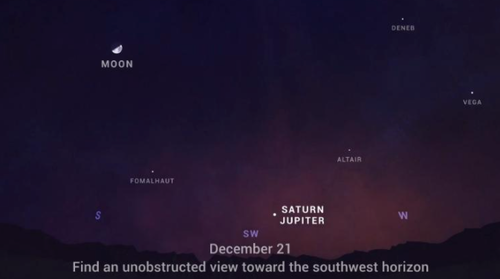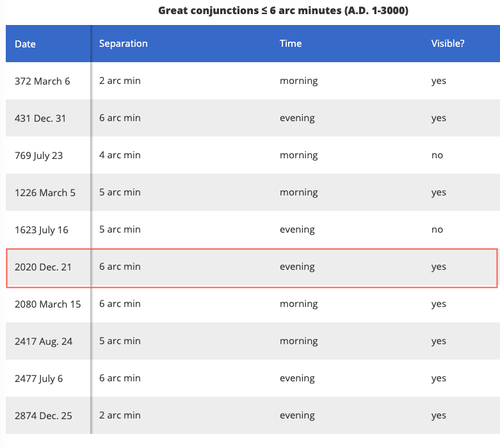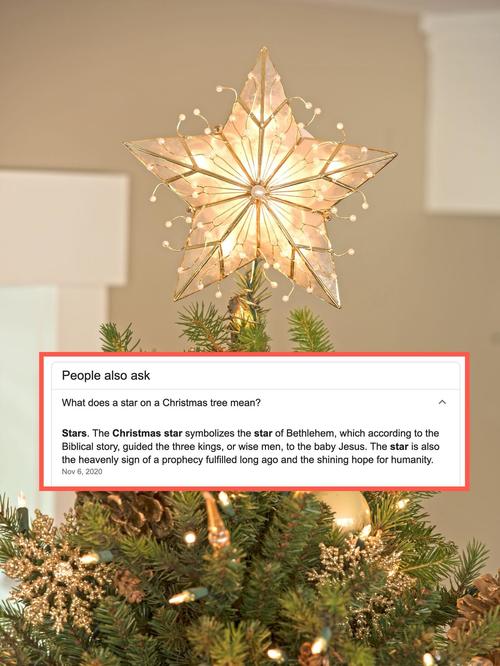Gazing into the night sky Monday, Jupiter and Saturn, the two largest planets in the solar system, will appear closer together than they have ever been since the Middle Ages, offering billions of people around the world a celestial treat around the holidays, according to Rice University.
On Dec 21, the winter solstice, a day when the Earth’s poles have their maximum tilt away from the Sun, offering the shortest period of daylight of the year, Jupiter and Saturn will almost appear as a double planet, which is called a “conjunction” by astrologist.
“Alignments between these two planets are rather rare, occurring once every 20 years or so, but this conjunction is exceptionally rare because of how close the planets will appear to one another,” said Rice University astronomer Patrick Hartigan. “You’d have to go all the way back to just before dawn on Mar 4, 1226, to see a closer alignment between these objects visible in the night sky.”
Between December 16 and 25, the two planets will appear as a double planet. The conjunction will take place in the low western sky for about an hour or so after sunset during this period of time.
“On the evening of closest approach on Dec 21 they will look like a double planet, separated by only 1/5th the diameter of the full moon,” said Hartigan. “For most telescope viewers, each planet and several of their largest moons will be visible in the same field of view that evening.”
Hartigan said those who miss the celestial event next week will have to wait until 2080. After that, the conjunction won’t occur until sometime after 2400.
The phenomenon has been likened to the Biblical Christmas Star as described in the Gospel of Matthew.
“Some astronomers also speculate the fabled Star of Bethlehem that led the Three Wise Men to the newly-born Jesus Christ may have been a Great Conjunction of the two gas giants,” said Daily Express.
The Biblical Christmas Star also appears on top of Christmas trees.
Others have argued the upcoming conjunction is likely not the fabled Biblical Christmas Star.
The Lowell Observatory in Flagstaff, Arizona, will live stream the celestial event.
Maybe the Christmas Star is a sign that much hope is ahead as the world has been swallowed whole by a virus pandemic and economic crash.


